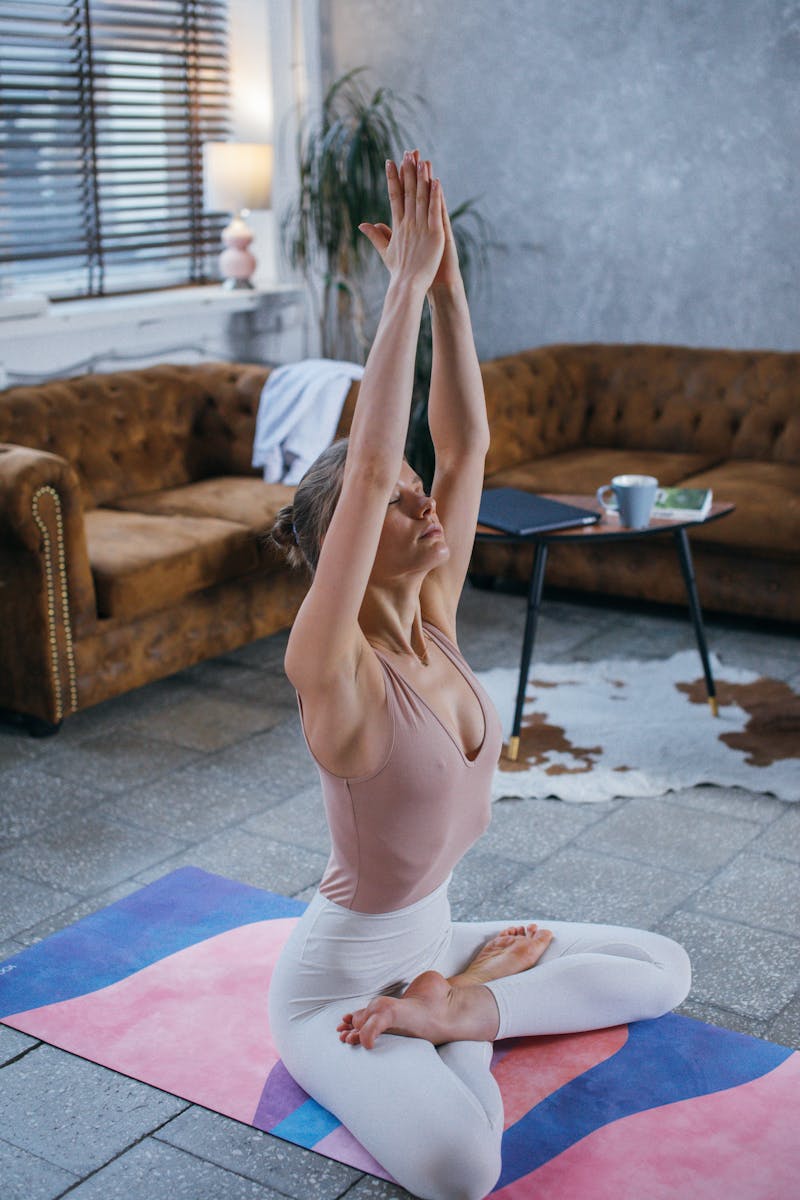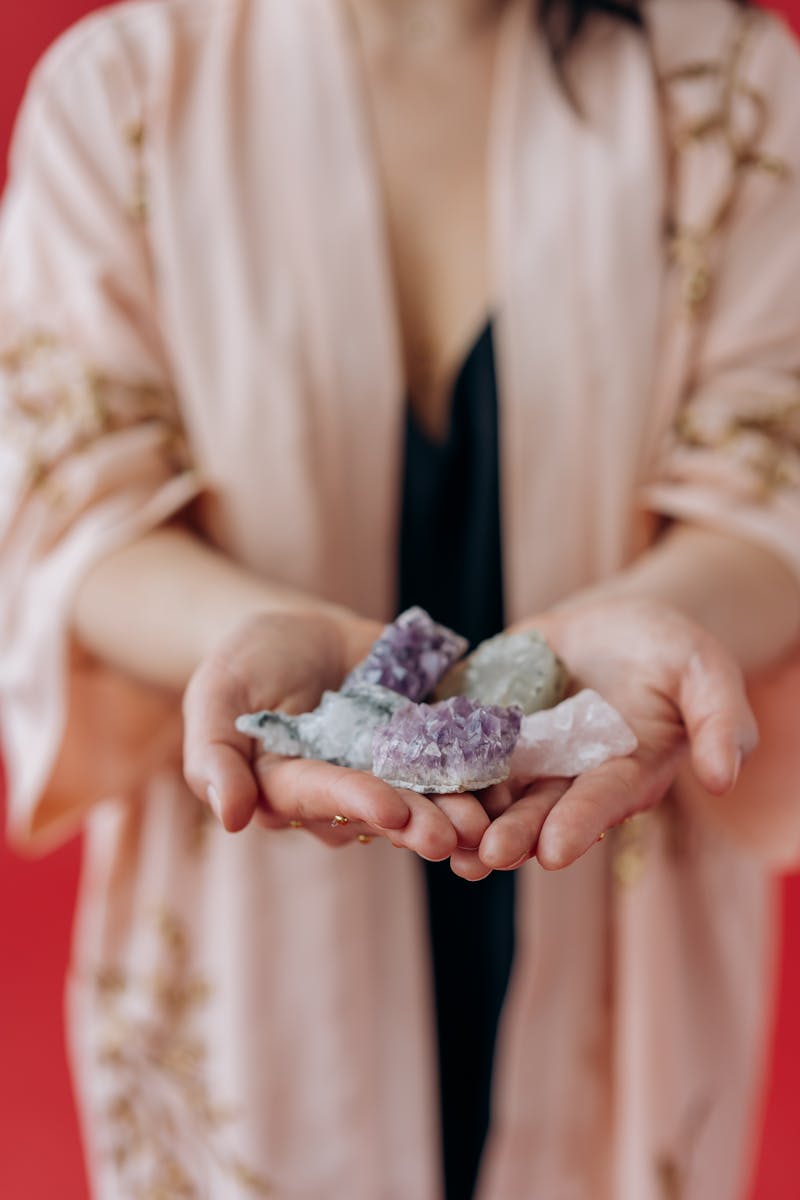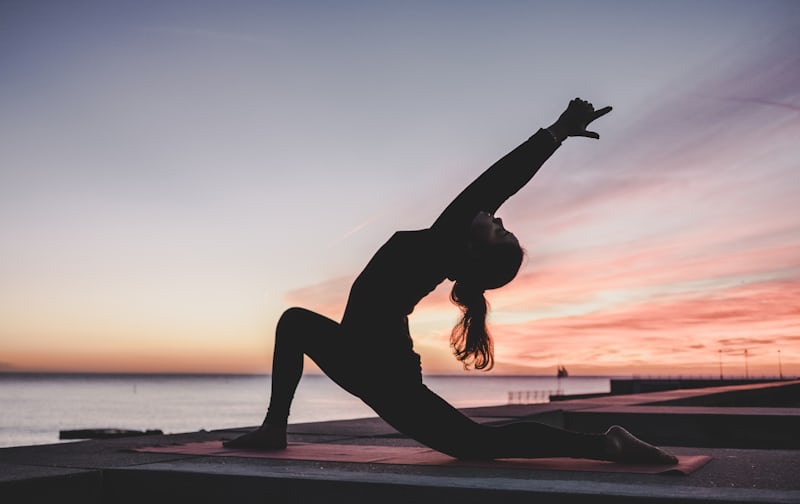
Chakra meditation is a form of mindfulness meditation that is focused on the seven chakras or energy centers in the body. Chakra meditation can be used to help balance and harmonize the energy in each chakra center, which can lead to improved health and well-being.
Chakra meditation is a wonderful way to connect with your inner self and explore your spiritual side. It can be helpful for relieving stress and anxiety, improving sleep quality, and reducing pain levels. If you’re interested in giving chakra meditation a try, The Mala Tree Crystal Shop recommends using the tools listed above to get started.

1. Loose, comfortable clothing: You’ll want to wear clothing that won’t restrict your movement or cause you any discomfort. loose-fitting, natural fibers are always a good choice.
2. A comfortable place to sit or lie down: You’ll want to be in a comfortable position for your chakra meditation session. This could be sitting in a chair with your feet on the ground, or lying down on your back with your knees bent and feet flat on the floor. Make sure you’re not too comfortable, though, as you don’t want to fall asleep.

3. Crystals / Chakra Stones: Chakra stones are a powerful tool that can be used to balance the chakras. There are a variety of different stones that correspond to each chakra, so you can choose the ones that resonate with you the most.
4. Incense: Incense is a great way to set the mood for a chakra meditation session. There is a variety of different chakra incense available, so you can choose one that suits your needs.
5. Candles: Candles are another great way to set the mood for a chakra meditation session. Like incense, there are a variety of different chakra candles available, so you can choose one that resonates with you the most.
6. Music: Music can be a powerful tool for balancing the chakras. There are a variety of different chakra music CDs available, so you can choose one that resonates with you the most.
7. An eye pillow or washcloth (optional): If you find it helpful, you can place an eye pillow or washcloth over your eyes to block out any distractions.
8. A blanket or shawl (optional): If you tend to get cold easily, you may want to have a blanket or shawl handy to keep yourself warm during the meditation.
9. Essential Oils: Essential oils can be used during chakra meditation to help balance the energy in each chakra center. There are a variety of different essential oils that correspond to each chakra, so you can choose the ones that resonate with you the most
10. A timer (optional): If you’d like, you can set a timer for your meditation session so that you don’t have to worry about keeping track of time. This can help you to relax and focus more fully on the meditation.
11. A journal and pen: It can be helpful to have a journal and pen nearby so that you can jot down any thoughts, feelings, or insights that come up during your meditation.

If you’re looking to explore your spiritual side, chakra meditation may be a good option for you. This form of mindfulness meditation is focused on the seven energy centers in the body, also known as chakras. Chakra meditation can help to balance and harmonize the energy in each chakra center, which can lead to improved health and well-being.



